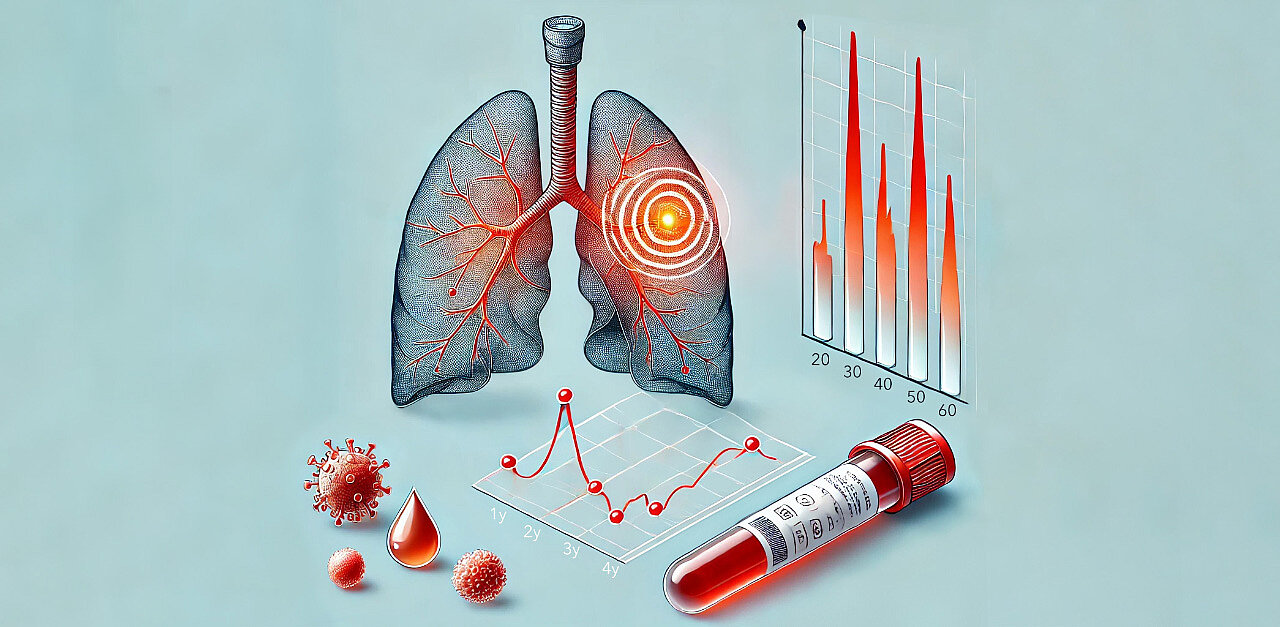A new study published in BMC Medicine, led by Dr. Mihaela Žigman and Dr. Kosmas Kepesidis, highlights the potential of infrared molecular fingerprinting as a tool for predicting lung cancer prognosis.
About eight years ago, the Broadband Infrared Diagnostics (BIRD) research group and the clinical study team Lasers4Life at attoworld set out to collaborate with Prof. Dr. Juergen Behr and the medical professionals from the Asklepios Clinic in München-Gauting, and the Department of Medicine V, LMU University Hospital in Munich. Together, they initiated an investigation into the intricacies of chemical footprints left by lung tumors in the blood and how these profiles change over time. The study tracked individuals from the time of their lung cancer diagnosis throughout their treatment. Given that lung cancer is unfortunately still diagnosed at an advanced stage only, there is a critical unmet need for minimally invasive diagnostic tests that enable earlier detection — a need actively pursued by many academic and industry research teams.
In the current study, the BIRD team applied Fourier-transform infrared (FTIR) spectroscopy as a molecular fingerprinting technique to profile blood samples from 160 lung cancer patients. Meanwhile, the attoworld Data Science team analyzed the acquired molecular profiles and applied statistical and machine learning methods to assess patient survival. Their findings revealed that the infrared fingerprints correlated with lung cancer survival in a manner comparable to traditional tumor staging and blood biomarkers. Moreover, a larger case-control comparison of 501 individuals demonstrated an association between these infrared fingerprints and lung cancer progression.
Given these promising results along with the ease, throughput, and low cost of these infrared fingerprinting measurements, if independently validated in additional studies and diverse populations, these outcomes could advance in vitro lung cancer diagnostics.
Original publication:
Assessing lung cancer progression and survival with infrared spectroscopy of blood serum
K. Kepesidis, M. Stoleriu, N. Feiler, L. Gigou, F. Fleischmann, J. Aschauer, S. Eiselen, I. Koch, N. Reinmuth, A. Tufman, J. Behr, M. Žigman
BMC Medicine 23, 101 (2025)
